Tessa’s Recipe Rundown
Taste: Deliciously rich and buttery, with TONS of flavor.
Texture: Slightly crisp at the edges, perfectly soft and fluffy in the center.
Ease: Super easy and ready in no time.
Why You’ll Love This Recipe: My go-to recipe. This will be the best French Toast you’ve ever had!
This post may contain affiliate links. Read our disclosure policy.
Get ready to make the most incredible French Toast you’ve ever had!

French Toast is a simple enough recipe, but a few key components take it from good to AMAZING.
My dad always made the best French Toast. He always said his secret was using copious amounts of vanilla. I don’t disagree! Here, I use vanilla extract and orange zest, for a deliciously bright twist and tons of flavor.
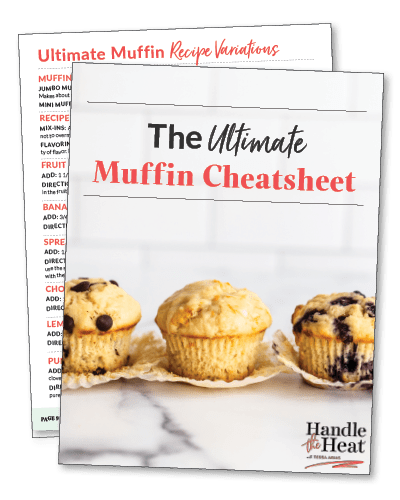
Free Muffin Cheatsheet!
Dry, dense muffins? Not in your kitchen! Bake the most tender and moist muffins with our Ultimate Muffin Guide.
This easy French Toast recipe is perfect for your next weekend breakfast, Easter brunch, or treating mom to a special breakfast on Mother’s Day!
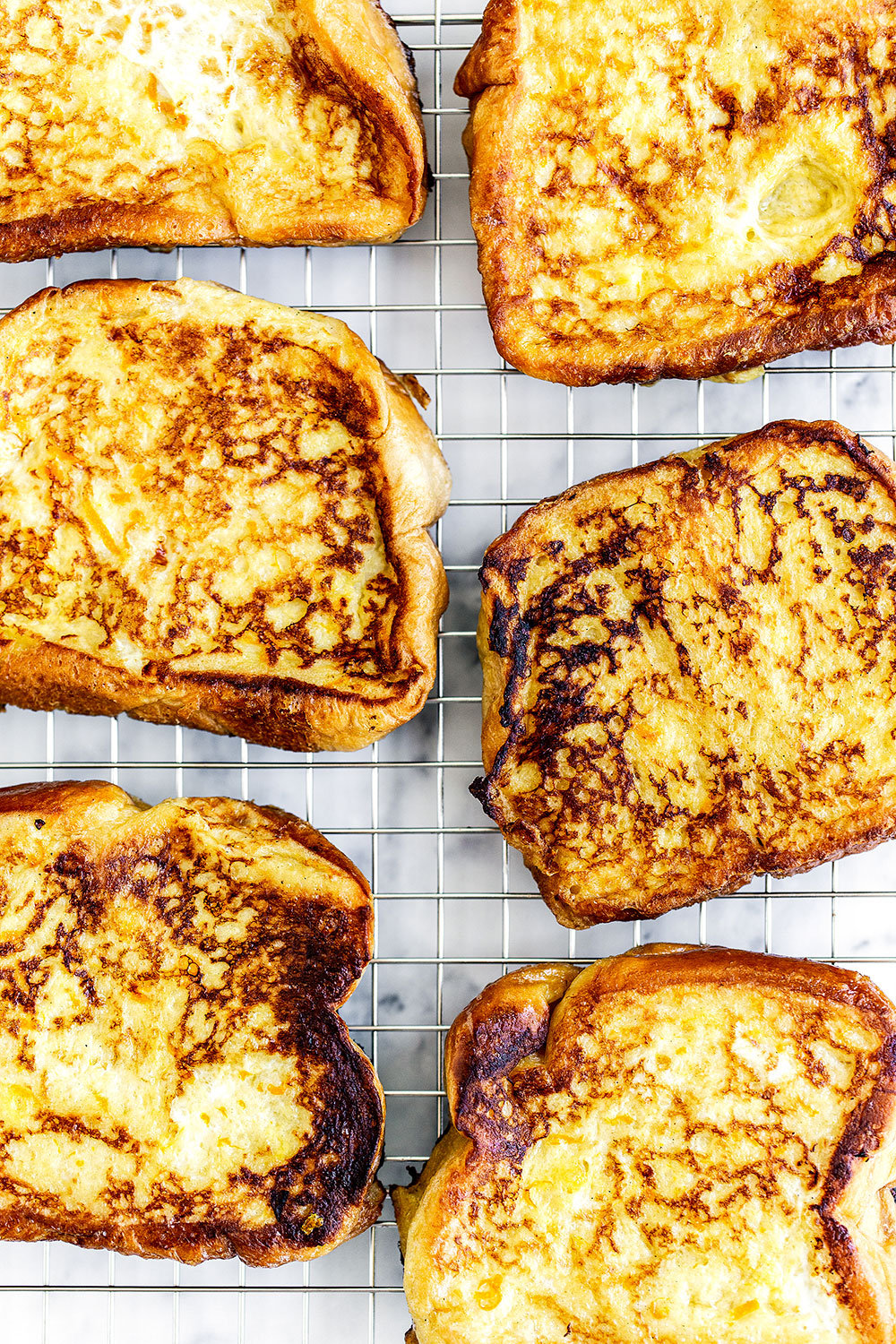
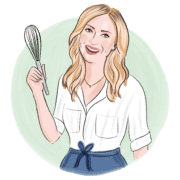
Sprinkle of Science
How to Make French Toast
What is The Best Type of Bread for French Toast?
Using the best bread is the most important part of any amazing French Toast! Whatever bread you use, make sure it’s sliced about 3/4-inch thick to achieve that pillowy interior but caramelized exterior. Thick slices of bread are key.
- My absolute go-to is good quality Challah bread. Not all grocery store Challah bread is created equally, so take a look at the ingredient label to see if the ingredients are simple. If there are a bunch of weird additives, avoid it.
- If you can’t find Challah, use Brioche. It’s even richer than Challah, which can be too much for some people in the morning.
- Alternatively, use thick-cut Texas toast bread. It’s sturdy enough to hold up to the custard batter coating and frying.
Why Use Whole Eggs and Egg Yolks?
This French Toast recipe calls for 3 large eggs plus 3 egg yolks. The egg whites are what contain those distinct sulfur compounds that make things taste “eggy.” So by reducing the whole eggs and bumping up the egg yolks, we’re getting enough moisture and richness – but not creating French Toast that basically tastes like scrambled eggs.
Be sure to use large eggs (about 56 grams in shell) – larger or smaller eggs will produce different results.
The Milk
I highly recommend using whole milk when making French Toast. I haven’t tried using milk alternatives, like almond milk or oat milk, but feel free to experiment if needed.
How to Make French Toast in 5 Easy Steps:
- Dry out the bread.
- Whisk together the wet ingredients.
- Dip each slice of bread in the egg mixture and allow to soak through on each side.
- Heat the butter in a skillet.
- Cook the soaked bread on each side. Serve with maple syrup and enjoy!
How to Soak Your French Toast Before Cooking
Be sure to soak your bread for enough time! Let the slices of bread relax in the custard mixture for at least a few minutes.
If you like French Toast that has more of a bread pudding texture, let it soak for even longer – up to 15 minutes.
Note: Soak your bread for less time if using a more delicate bread, or a bread that’s sliced thinner than 3/4-inch thick.
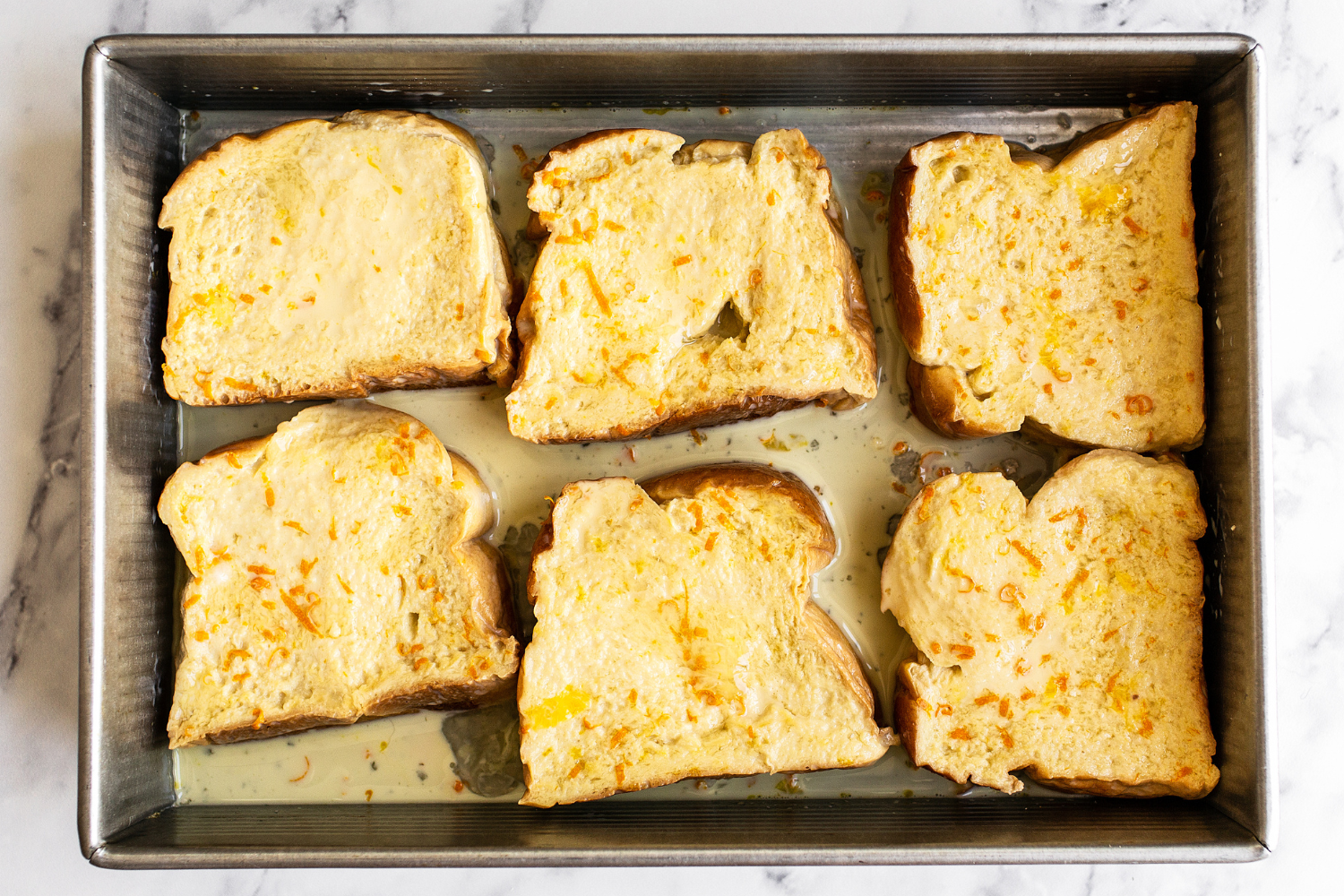
How to Avoid SOGGY French Toast
The story goes that French Toast, or Pain Perdu, was invented to use up day-old bread. Modern bread is manufactured to prevent staling, so day-old bread is a different concept.
However, that nearly-stale bread is what makes for the best French Toast recipe that remains light and fluffy instead of becoming soggy from the richness of the egg-and-milk mixture.
How to Dry Bread for French Toast
For this recipe, I took a tip from Cooks Illustrated and slightly “dry out” the bread on a baking sheet in the oven at a very low heat while preparing the remaining ingredients. This allows the bread to soak in just the right amount of custard to be rich and fluffy without getting weighed down.
So if you use the right kind of bread, dry it out slightly, and then follow the tips in the next heading below, you’ll be sure to have perfect French Toast!
How to Make Crispy, Golden Brown French Toast
When I say crispy, I mean caramelized and golden brown at the edges while still light and fluffy inside. I find this comes down to frying technique:
- Use a combination of butter and oil to fry: The butter provides flavor, and the milk solids help to create caramelization. However, using only butter often leads to French Toast that’s burnt on the exterior and undercooked on the interior. That’s because those milk solids can brown very quickly. So the combination of butter + oil is the perfect solution.
- A small amount of brown sugar in the batter: This helps to create those caramelized lacy exteriors.
- Medium heat when frying: Too low, and you won’t get any caramelization, and you’ll end up with limp, sad French Toast. Too high, and it’ll burn on the outside and be soggy on the inside.
How to Make Flavorful French Toast
- I love to use a hint of orange zest and vanilla to round out the flavors.
- Feel free to omit the orange zest if preferred, or add a splash of Grand Marnier instead.
- You can also use a sprinkle of ground cinnamon or other spices, to suit your personal preferences.
- The other key ingredient is high-quality vanilla extract.
- Use quality milk and eggs.
- Lastly, be sure to use real maple syrup for serving! It makes such a difference.
Topping Ideas:
- Maple syrup, of course!
- Whipped cream
- Fresh berries – strawberries, raspberries, blueberries, etc.
- Homemade Salted Caramel Sauce
- Powdered sugar
- Peanut butter
- Nutella
- Bacon or sausage (if you’re into salty-sweet combinations!)
Can French Toast be Made Ahead of Time?
You can keep slices of cooked French Toast warm in a low oven for up to 1 hour. I find French Toast is best served soon after it’s made. If you need to make it ahead of time, you might be better off with a casserole-style French Toast recipe like my Lemon Blueberry Overnight French Toast Casserole.
Products I Love for This Recipe:
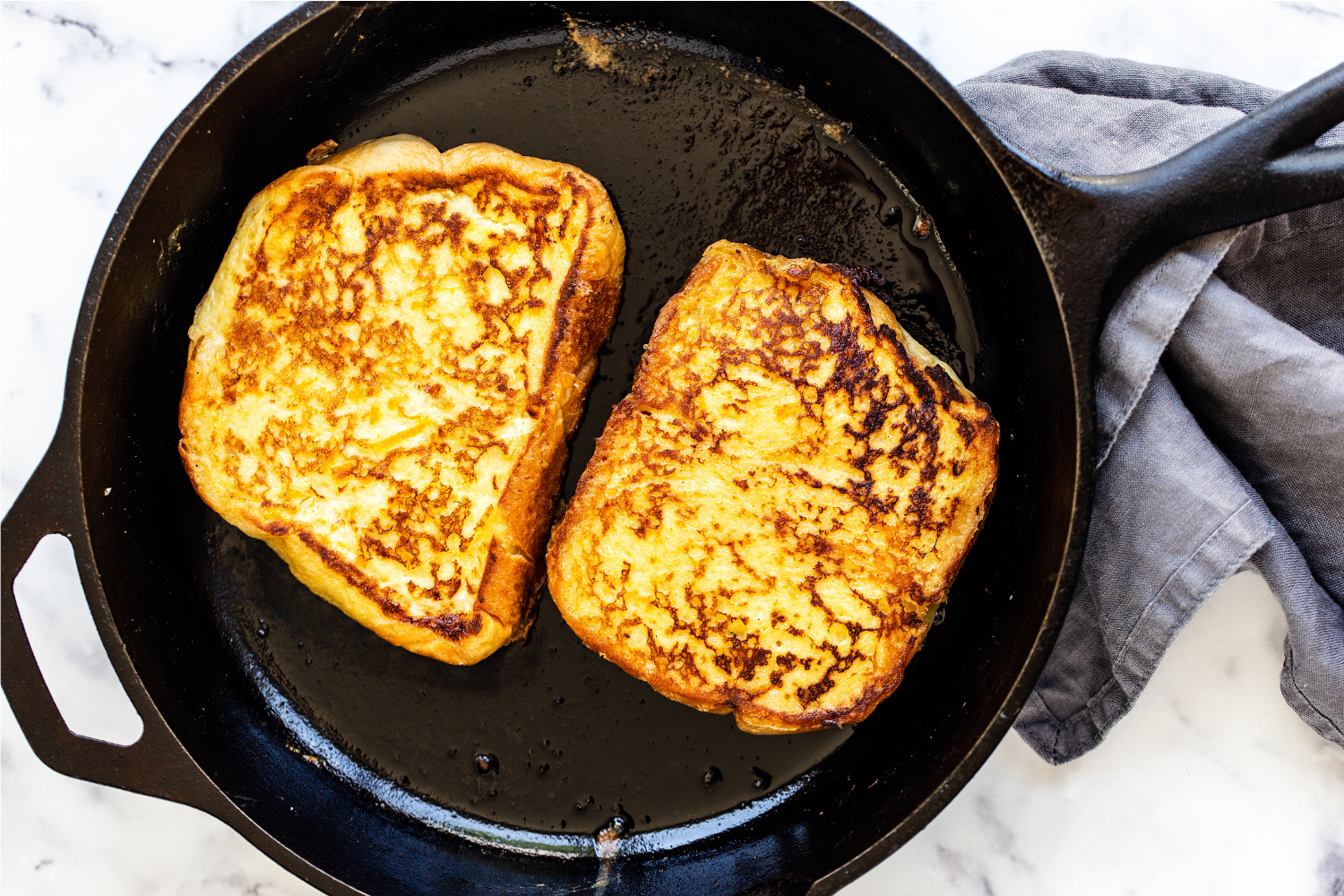
More French Toast Recipes:
More Amazing Breakfast Recipes:
- Homemade Soft & Fluffy Cinnamon Rolls – better than Cinnabon!
- The Best Pancake Recipe
- How to Make Crepes
- Home Fries
- Homemade Waffle Recipe
- How to Make Perfect Scones

French Toast
Email This Recipe
Enter your email, and we’ll send it to your inbox.
Ingredients
- 8 slices challah or brioche bread, sliced 3/4-inch thick
- 3 large eggs
- 3 egg yolks
- 1 1/2 cups whole milk
- 1 teaspoon grated orange zest (optional)
- 1 teaspoon vanilla extract
- 2 tablespoons brown sugar
- 1/4 teaspoon fine sea salt
- Unsalted butter
- Vegetable oil
- Maple syrup
- Fresh fruit, for serving
Instructions
- Preheat the oven to 250°. Place the slices of bread on a sheet pan inside the oven to dry out slightly while you prepare the other ingredients, no more than 15 minutes.
- In a large shallow bowl, whisk together the eggs, yolks, milk, orange zest, vanilla, sugar, and salt. Soak as many slices in the egg mixture as possible for 4 to 5 minutes, turning once.
- Heat 1 tablespoon of the butter and 1 tablespoon of the oil in a very large saute pan or griddle over medium heat.
- Add the soaked bread and cook for 2 to 3 minutes per side, until well browned. Place the cooked French toast back on the sheet pan and keep it warm in the oven until ready to serve.
- Fry the remaining soaked bread slices, adding butter and oil as needed, until it’s all cooked.
- Serve hot with maple syrup, fresh fruit, and extra butter, if desired.
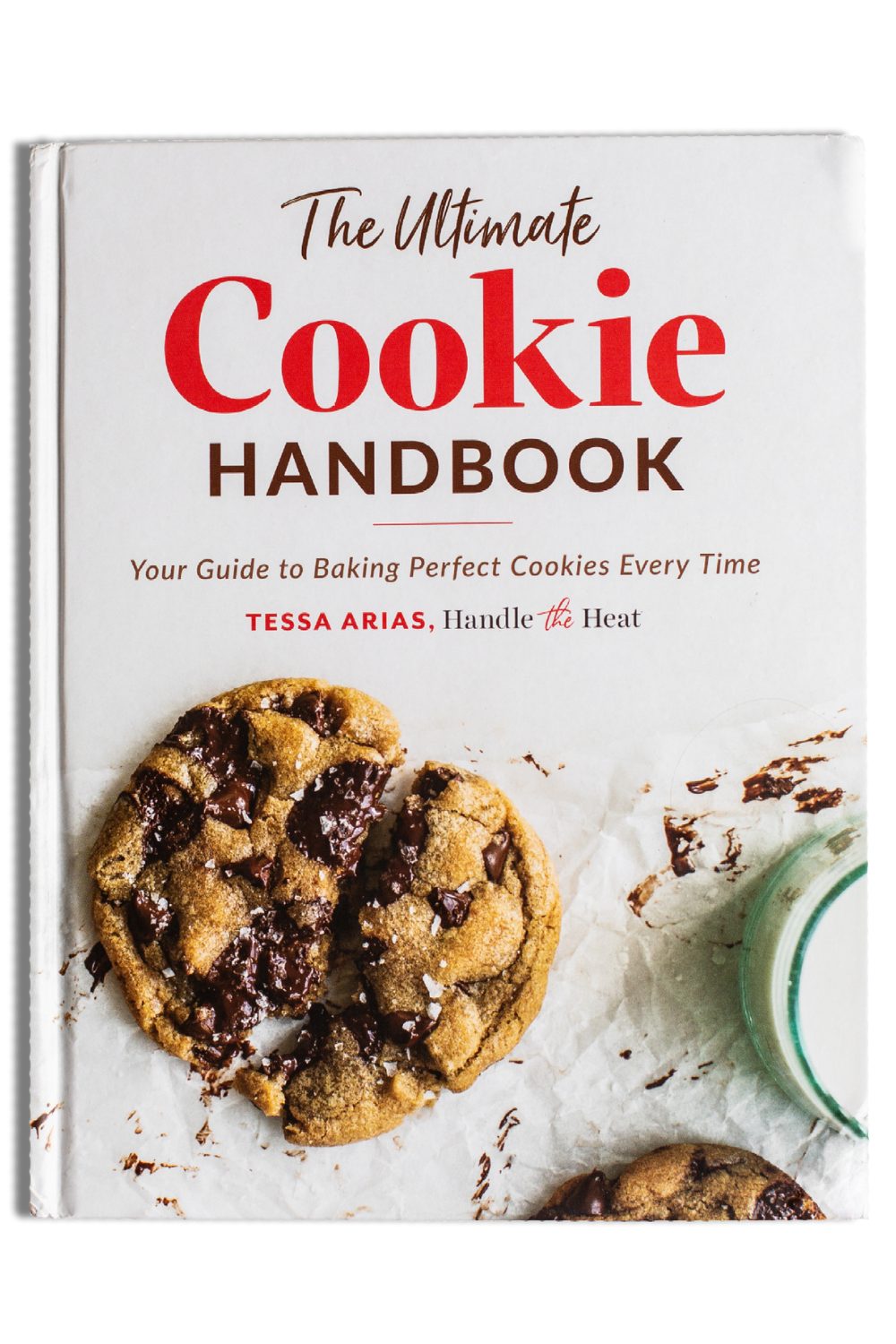
The Ultimate Cookie Handbook
Learn the sweet SCIENCE of cookie baking in a fun, visual way to customize your own recipes frustration-free. Plus, my best 50+ homemade cookies!
This post was originally published in 2013 and has been updated with new photos and recipe tips. Photos by Ashley McLaughlin.

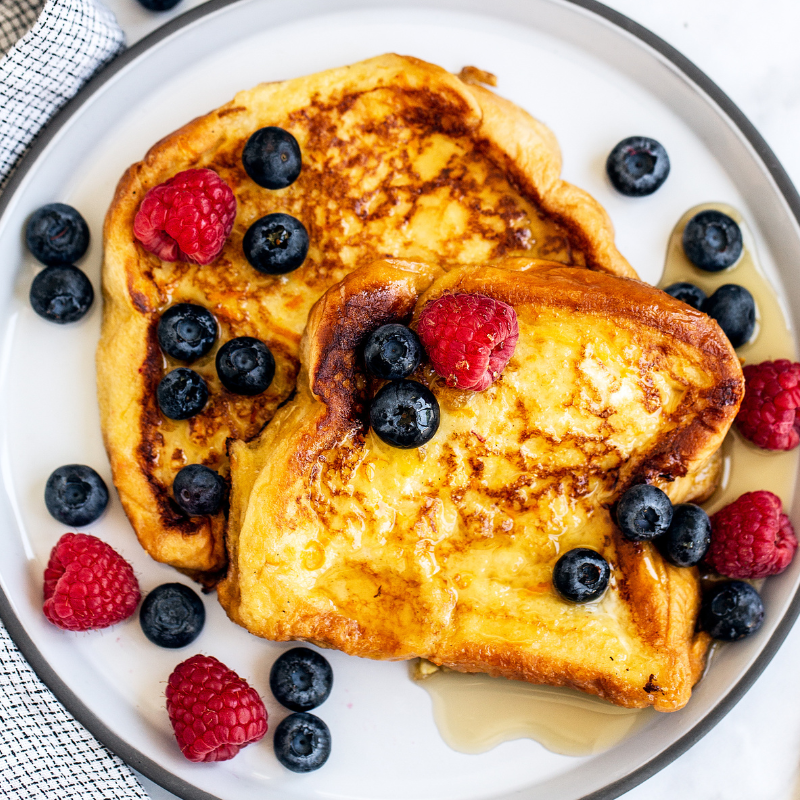






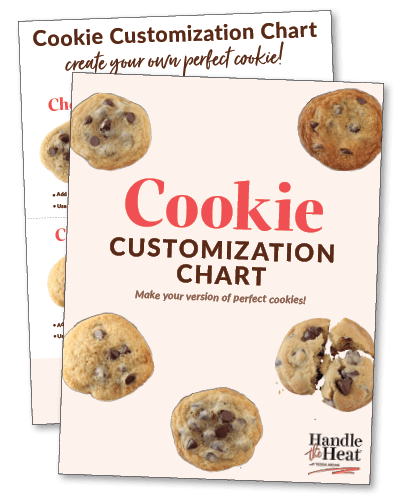
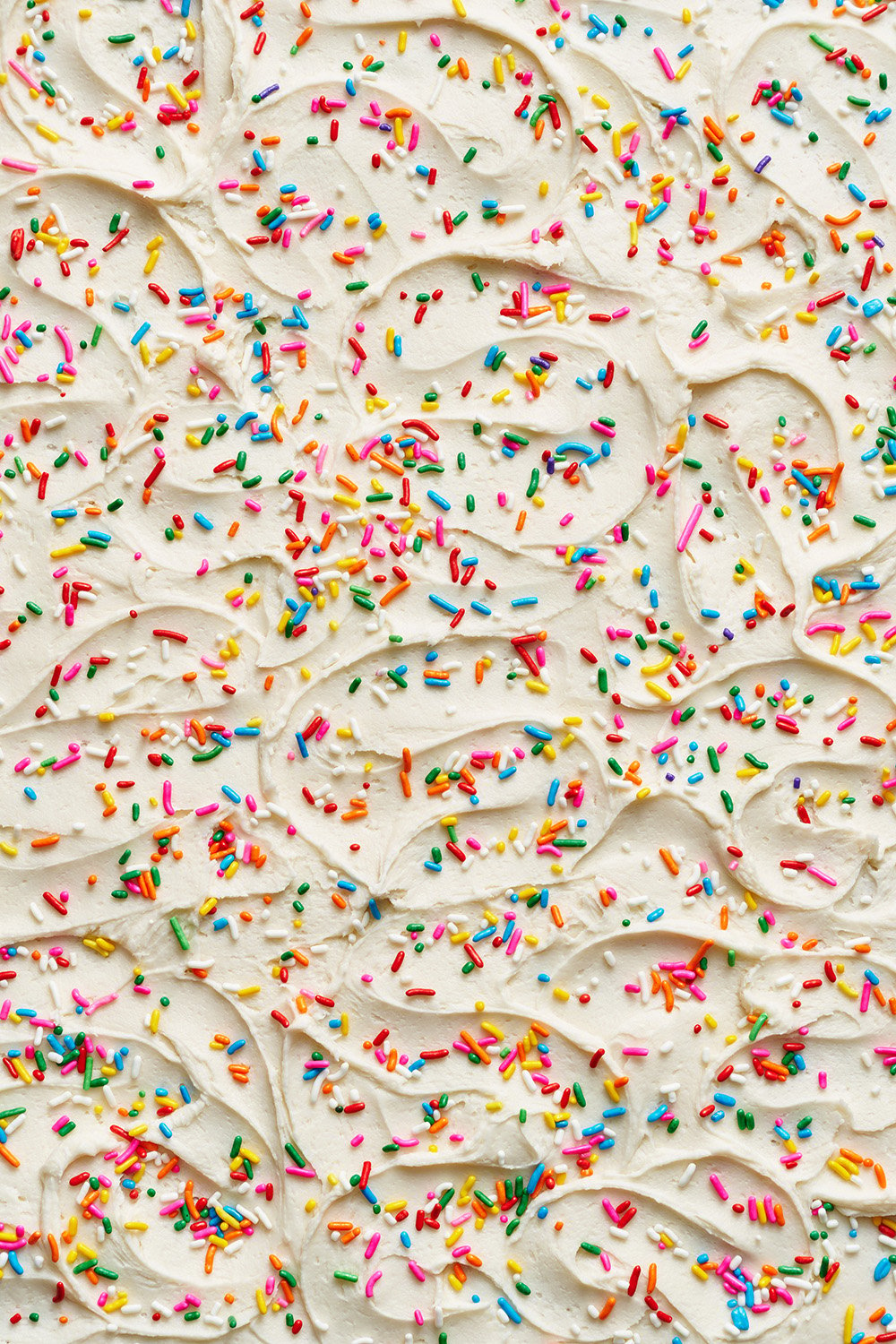
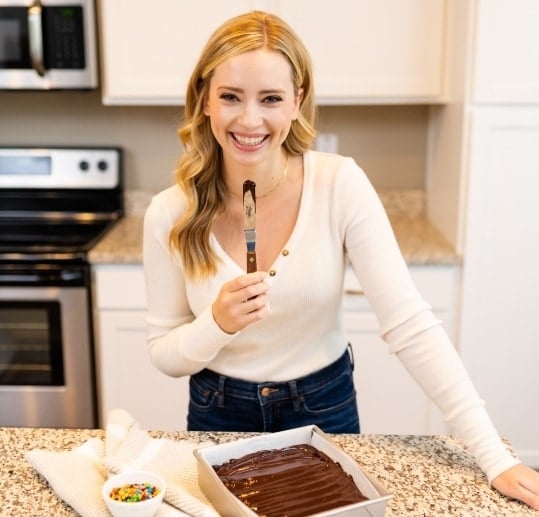
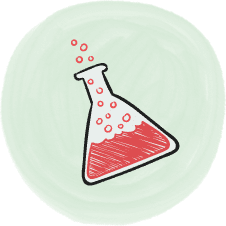

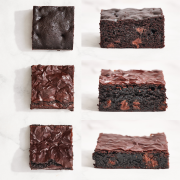
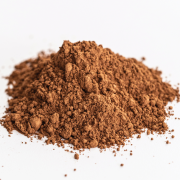
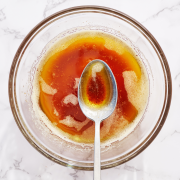

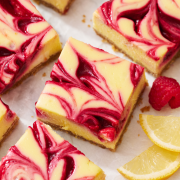

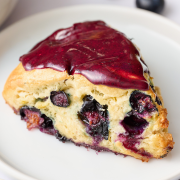








my mum said to put peanut butter between two slices and seal the edges(I used white bread).Then I did the egg whisking and put oil in the pan and starte the stove to high to heat the oil then medium-ish and dipped the bread into the egg.then put it in the pan and fried it then flipped it then it was ready with golden syrup/honey and small slice of butter . it was yummy but i hope to try your recipe its complex but it sounds good! Thanks for giving me the idea of french toast otherwise i wouldnt have eaten breakfast today!
Best recipe
I only have plain, white, thin sandwich bread and a car with two flat tires, so I can’t get to the store at the moment. =/ Should I still soak the bread for 15 minutes? I have visions of trying to take the bread slices out of the egg mixture and them just disintegrating instead.. Any suggestions would be much appreciated. Thank you!
Sorry to hear about your car! If you’re using thinner bread, you’ll want to soak them in the egg mixture for less time, about 1-2 minutes, turning once. Good luck!
hope the car incident ended well!
Thank you for giving this wonderful recipe !
Wow! I don’t normally write reviews but feel compelled. This was fantastic. Really appreciated all the tips and details, everything turned out so well. I’m gluten free and found some very thick bread which worked perfectly (also shout out to Ener-G Foods GF Texas Toast loaf!). It’s quite dense so the oven dry-out method was key. Thank you!